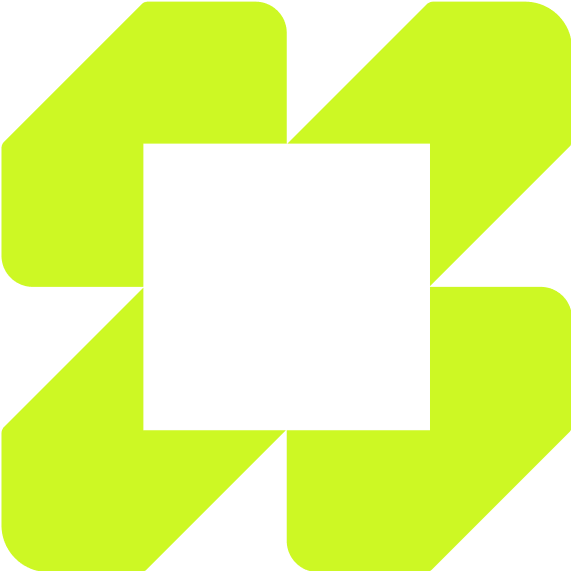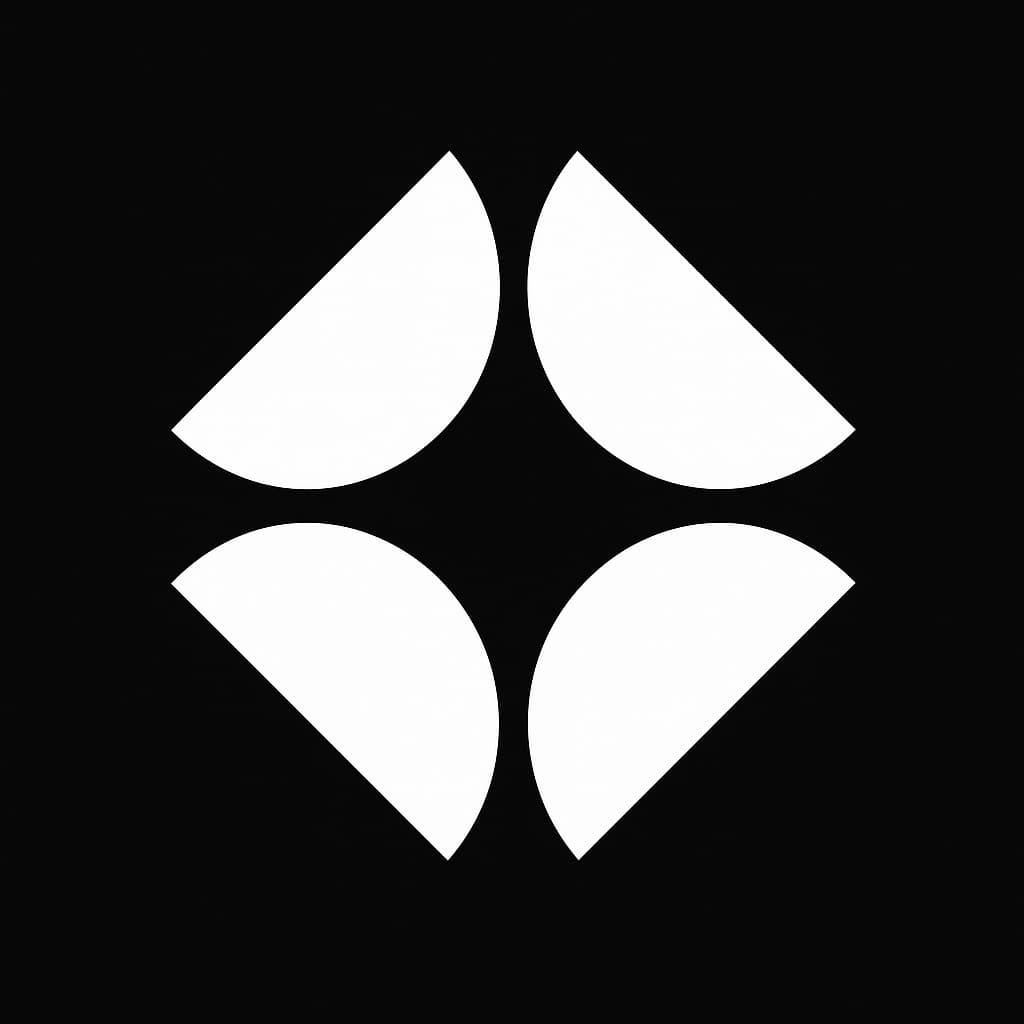
Mission Control
Remote design agency that combines human creativity and AI to deliver sleek, strategic websites for ambitious startups.
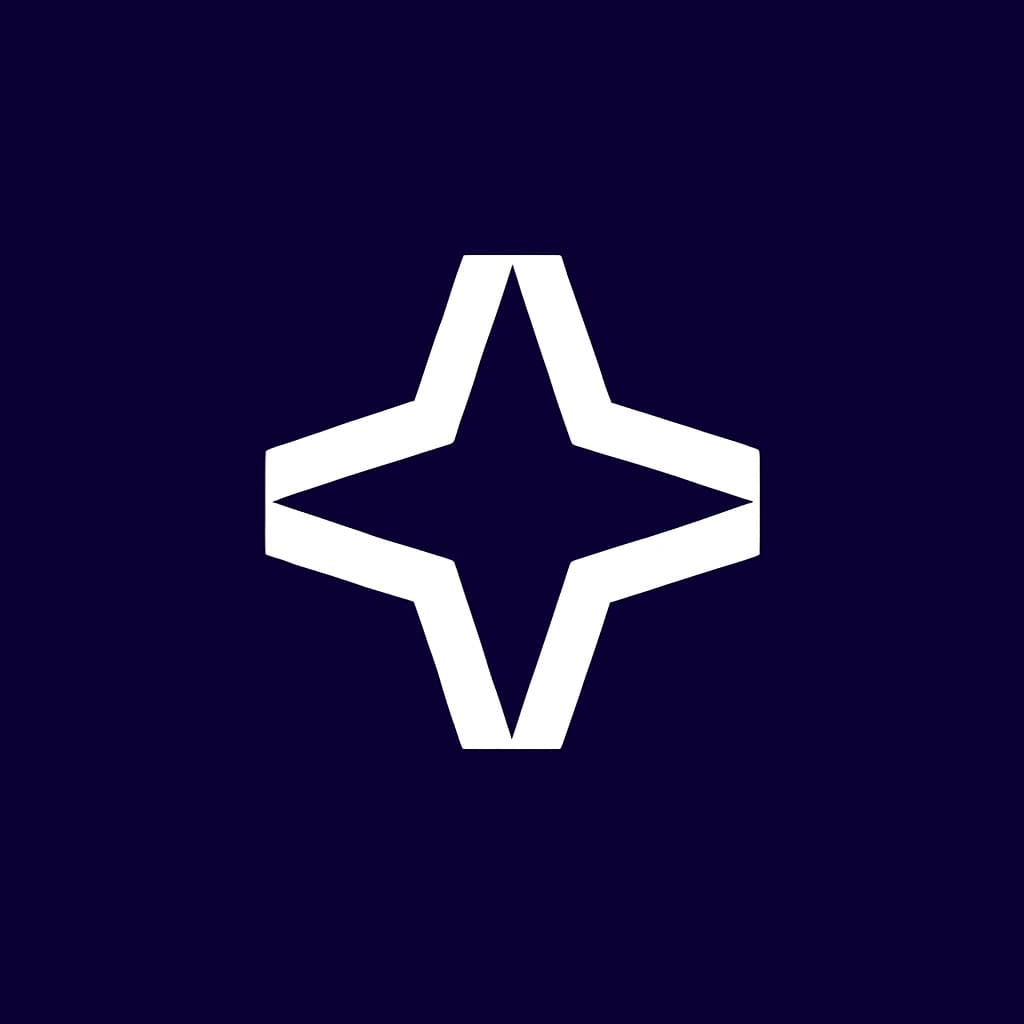
Metalab
Digital product design agency known for creating intuitive, user-focused interfaces and end-to-end solutions used by millions worldwide.
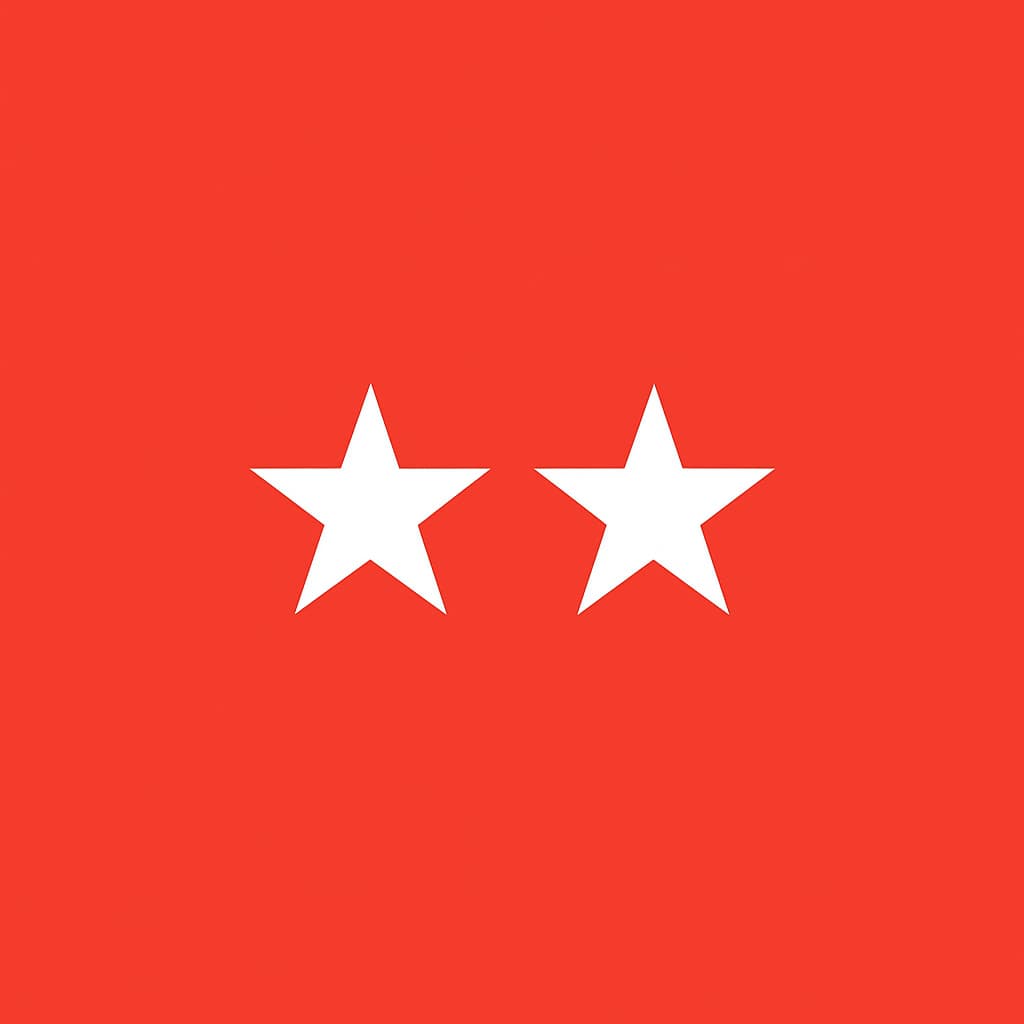
Work & Co
Global digital product agency that builds innovative apps, platforms, and tools through a collaborative, hands-on approach.
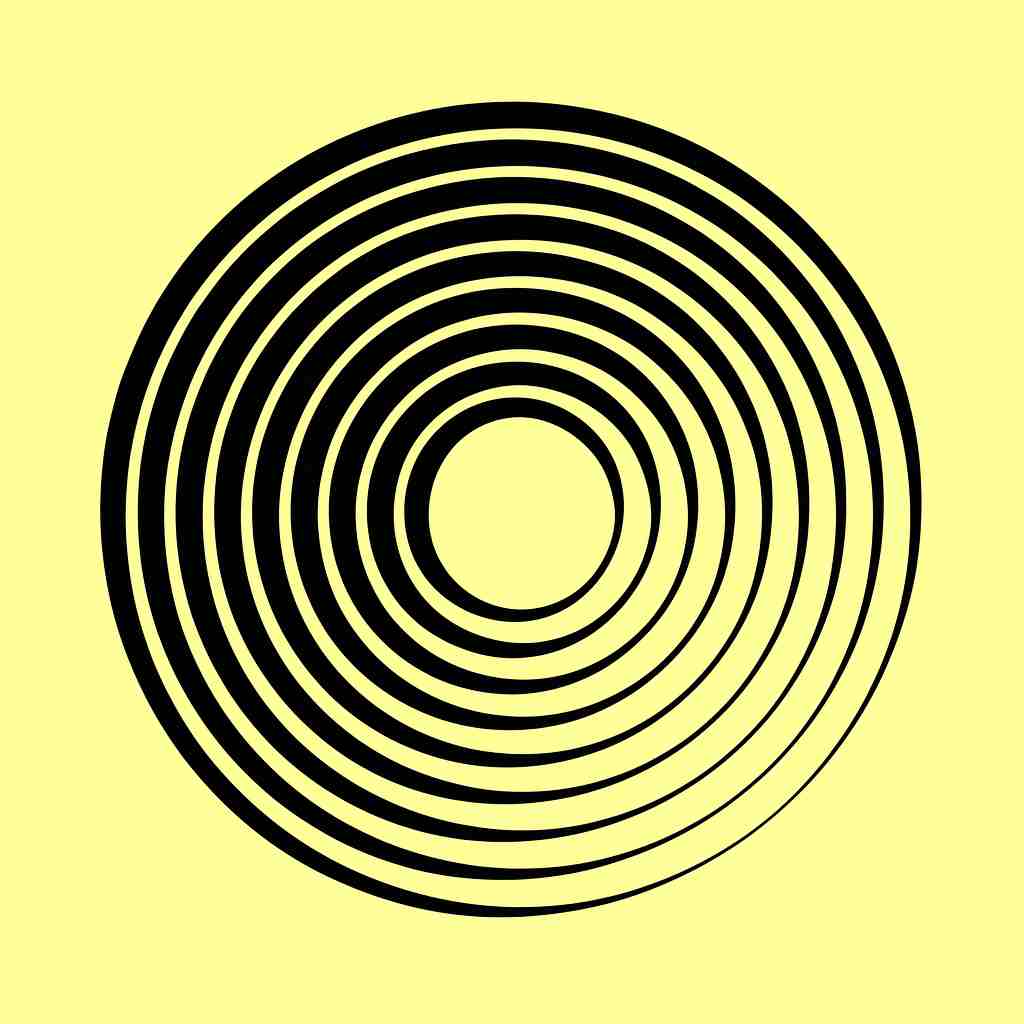
Instrument
A creative agency specializing in digital experiences, offering services in brand strategy, design, and technology development.
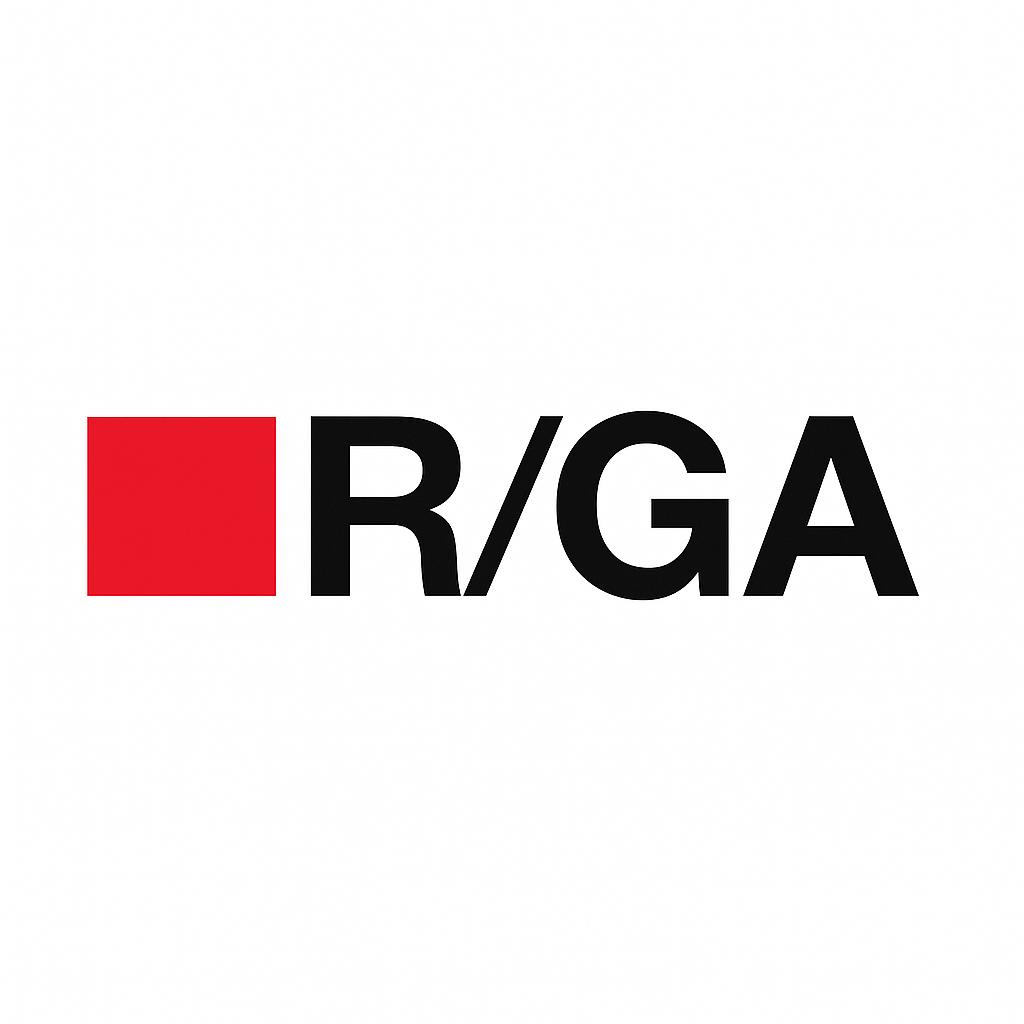
R/GA
A global digital agency known for its innovation in marketing, branding, and technology. R/GA combines creativity and technology to help brands grow in the digital age.
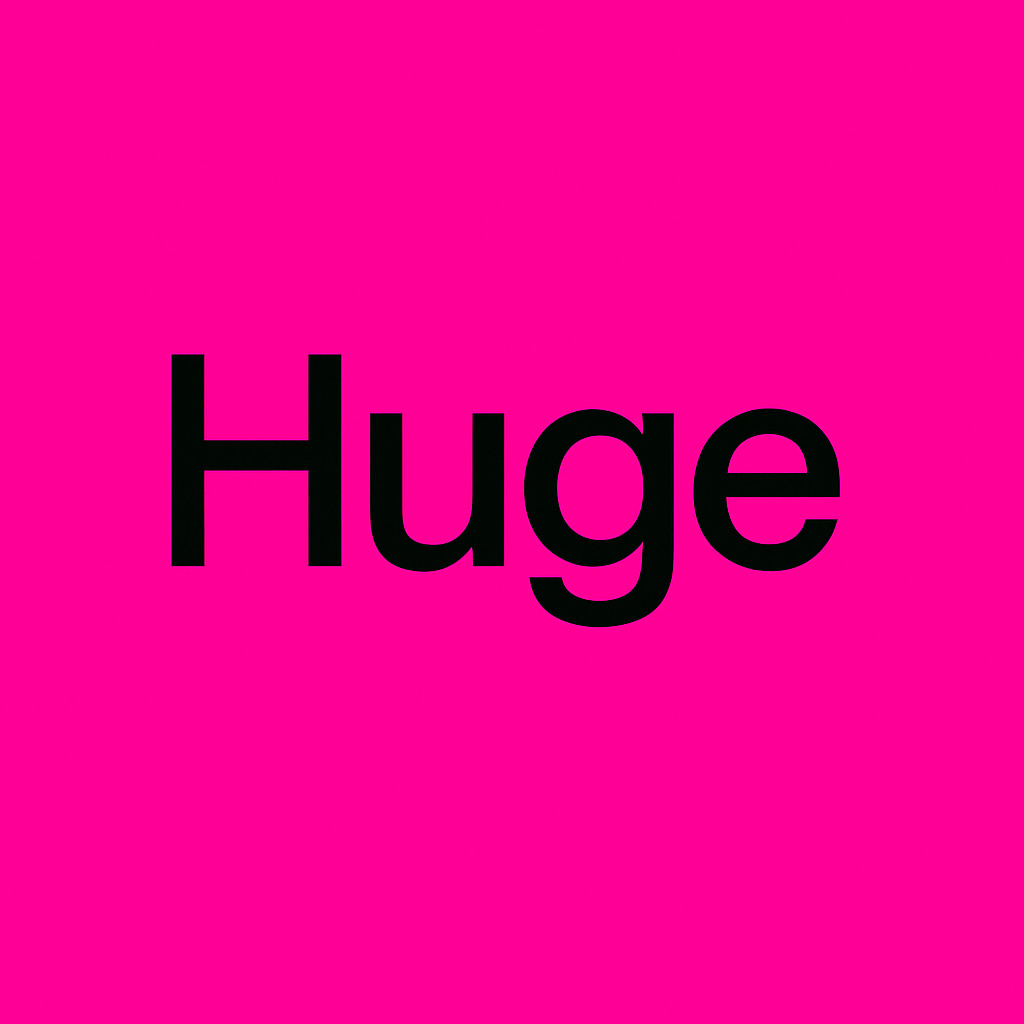
Huge
Global design agency that creates immersive digital experiences and brand ecosystems, blending cultural insight, bold storytelling, and technology to drive growth.
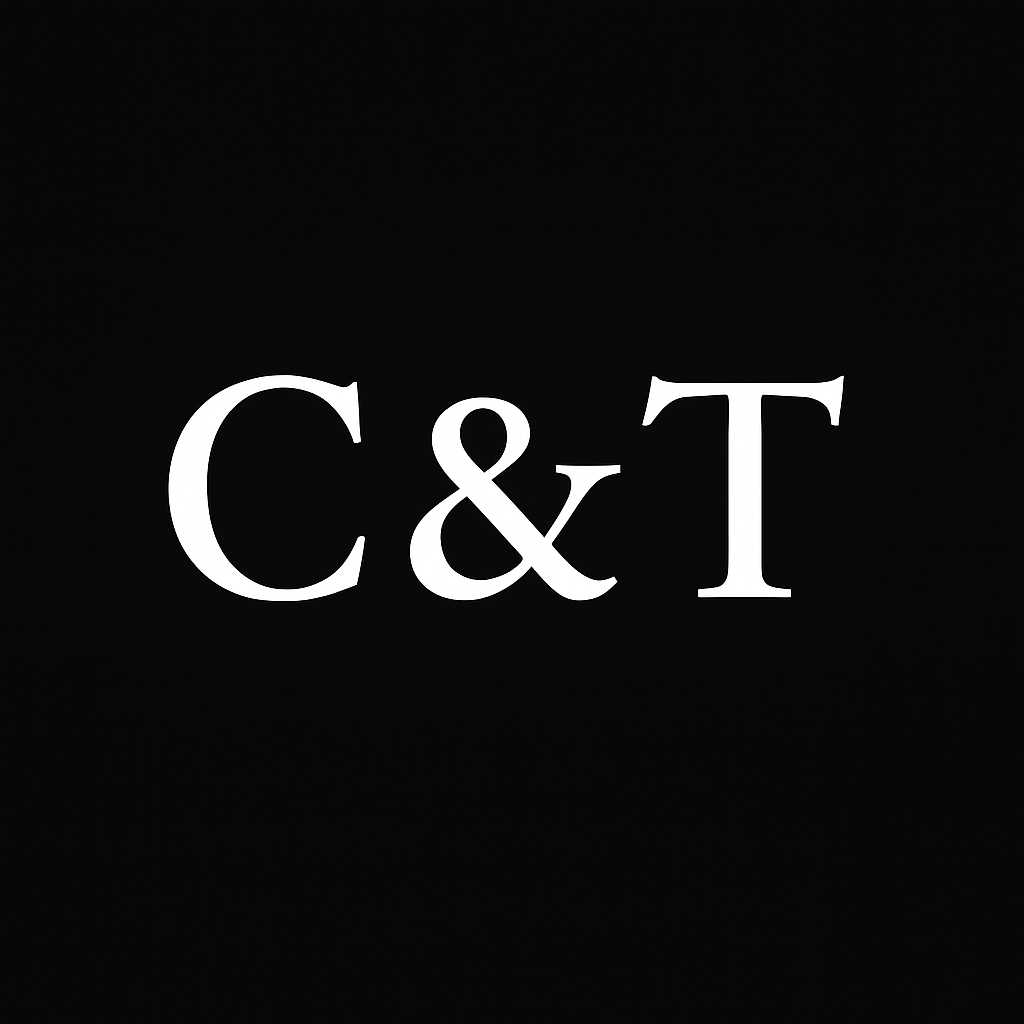
Code and Theory
A digital-first creative agency that designs best-in-class products and brand experiences, helping clients drive purposeful change and thrive in a time of digital disruption.
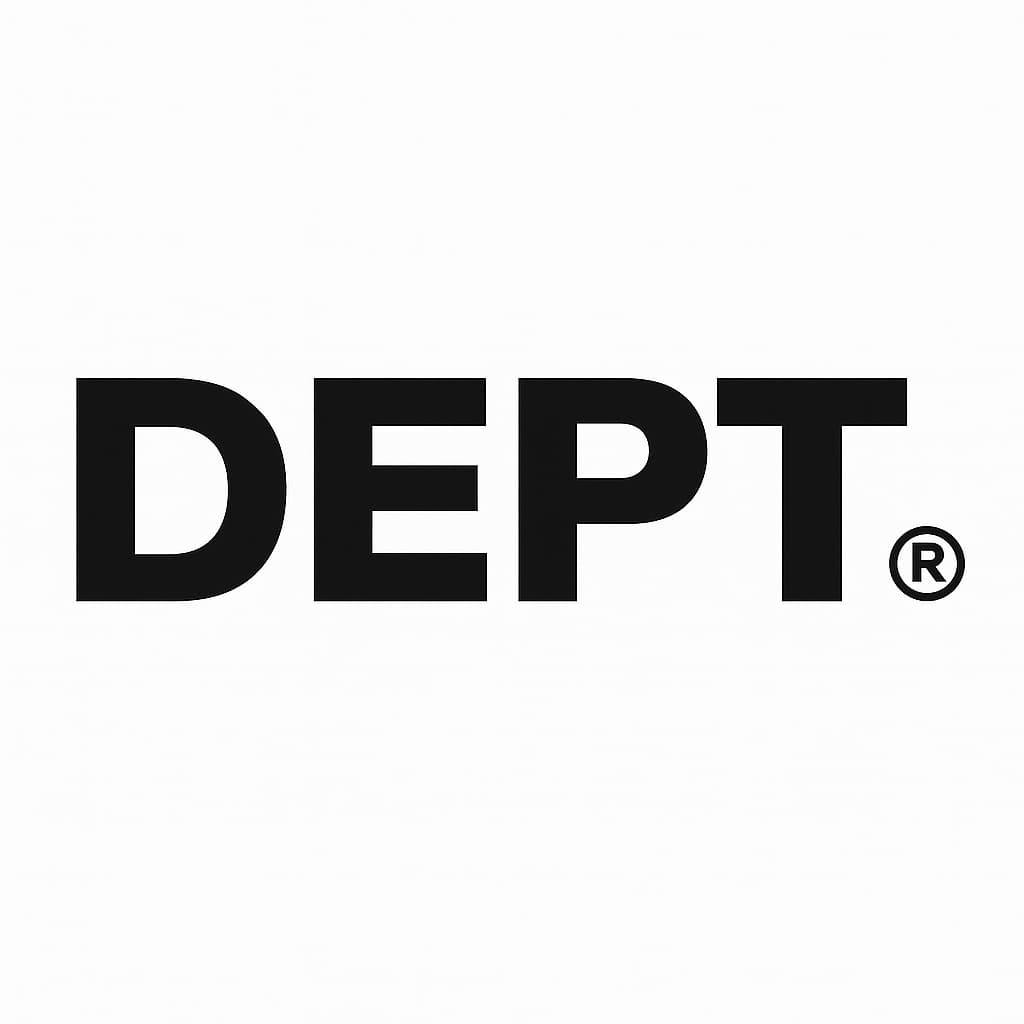
DEPT
Global digital agency that blends data-driven design, creative innovation, and emerging tech like AI and AR to craft user-centric, future-ready experiences for diverse markets.
How we curated the world’s
top web design agencies
Selecting the best web design agencies requires more than just beautiful portfolios.
Our methodology blends technical precision, strategic thinking, and business impact.
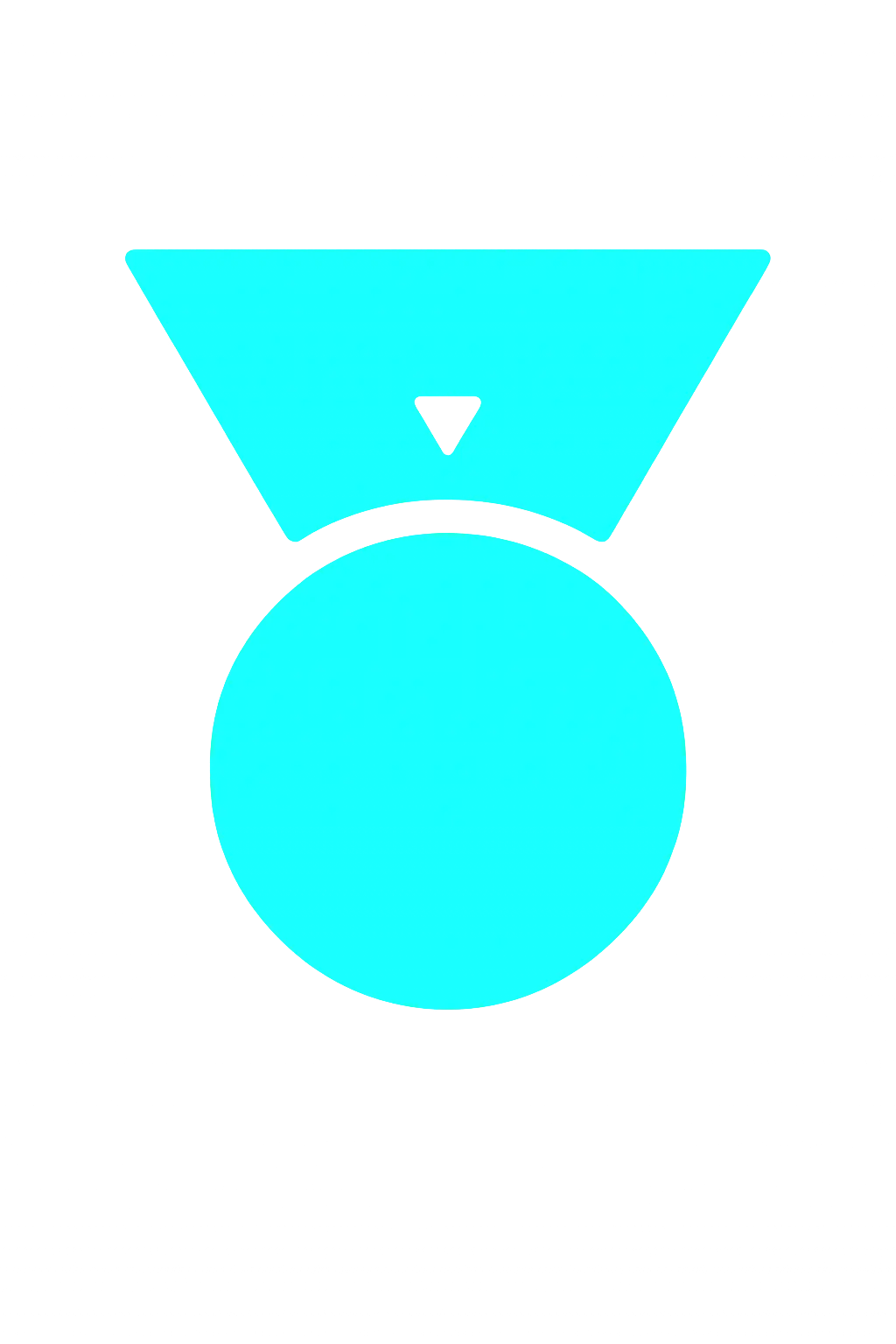
Design That Converts
We prioritized agencies that go beyond visuals and design websites with clear calls-to-action, goal-driven layouts, and conversion-focused architecture.
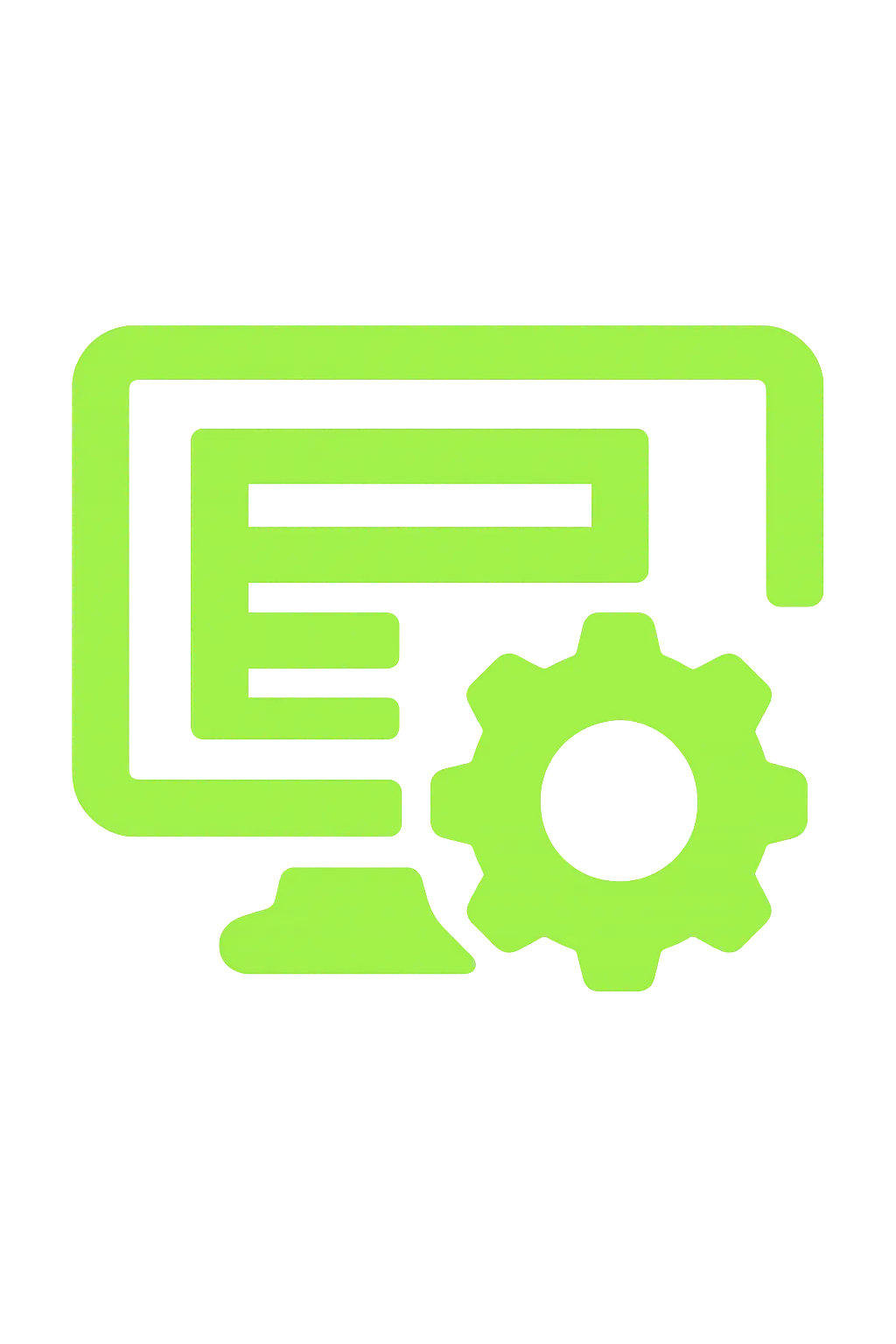
Platform Versatility & Execution
Agencies were chosen based on their ability to design for various platforms (Webflow, WordPress, Shopify, Framer, custom code) and to deliver pixel-perfect, responsive builds.
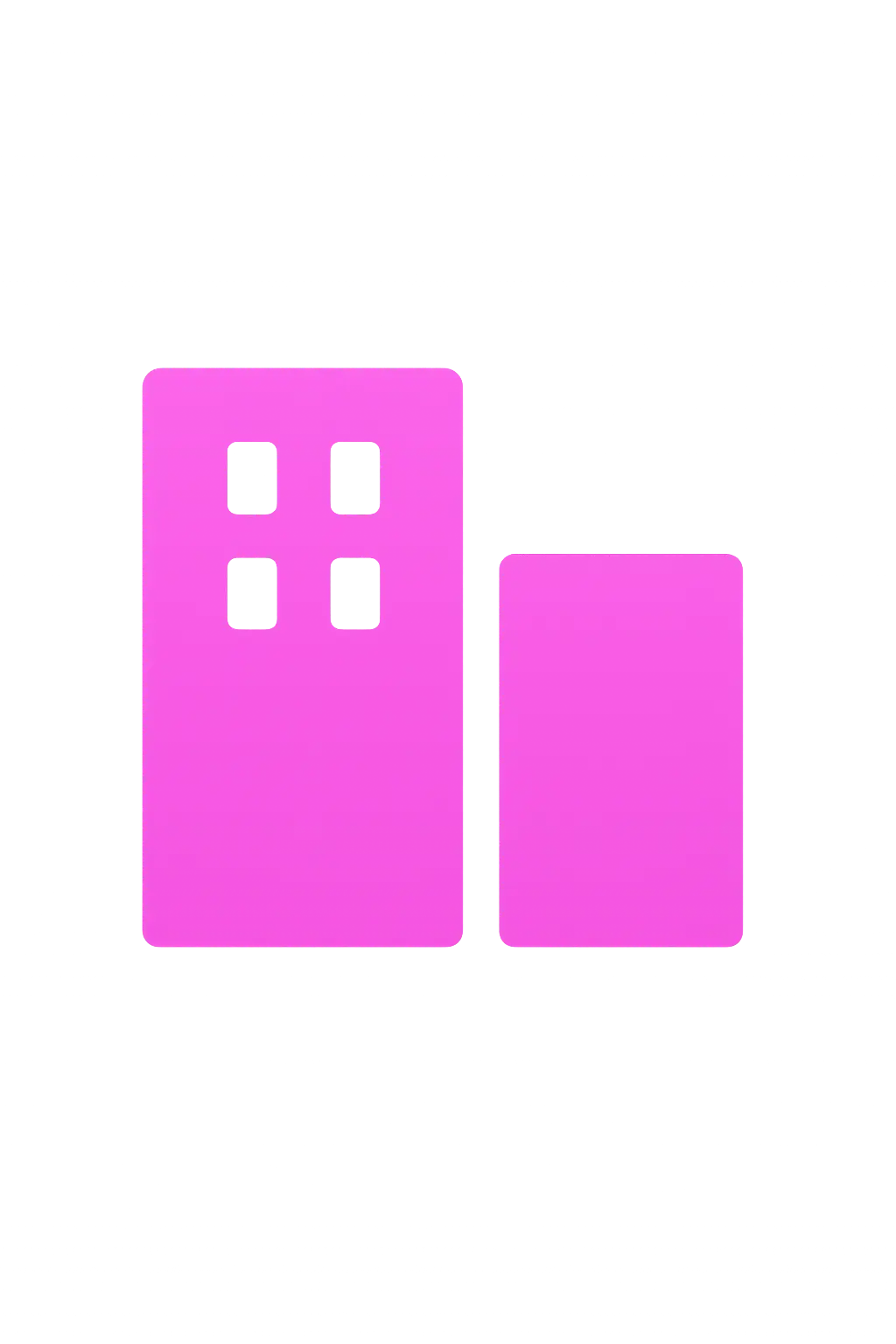
Industry Adaptability
From SaaS to luxury retail to nonprofits, we evaluated how agencies adapt their design approach to different audiences and business models.
Visual Originality & Recognition
We considered aesthetic innovation, uniqueness of style, and awards or recognition in design showcases like Awwwards, CSS Design Awards, and Behance.
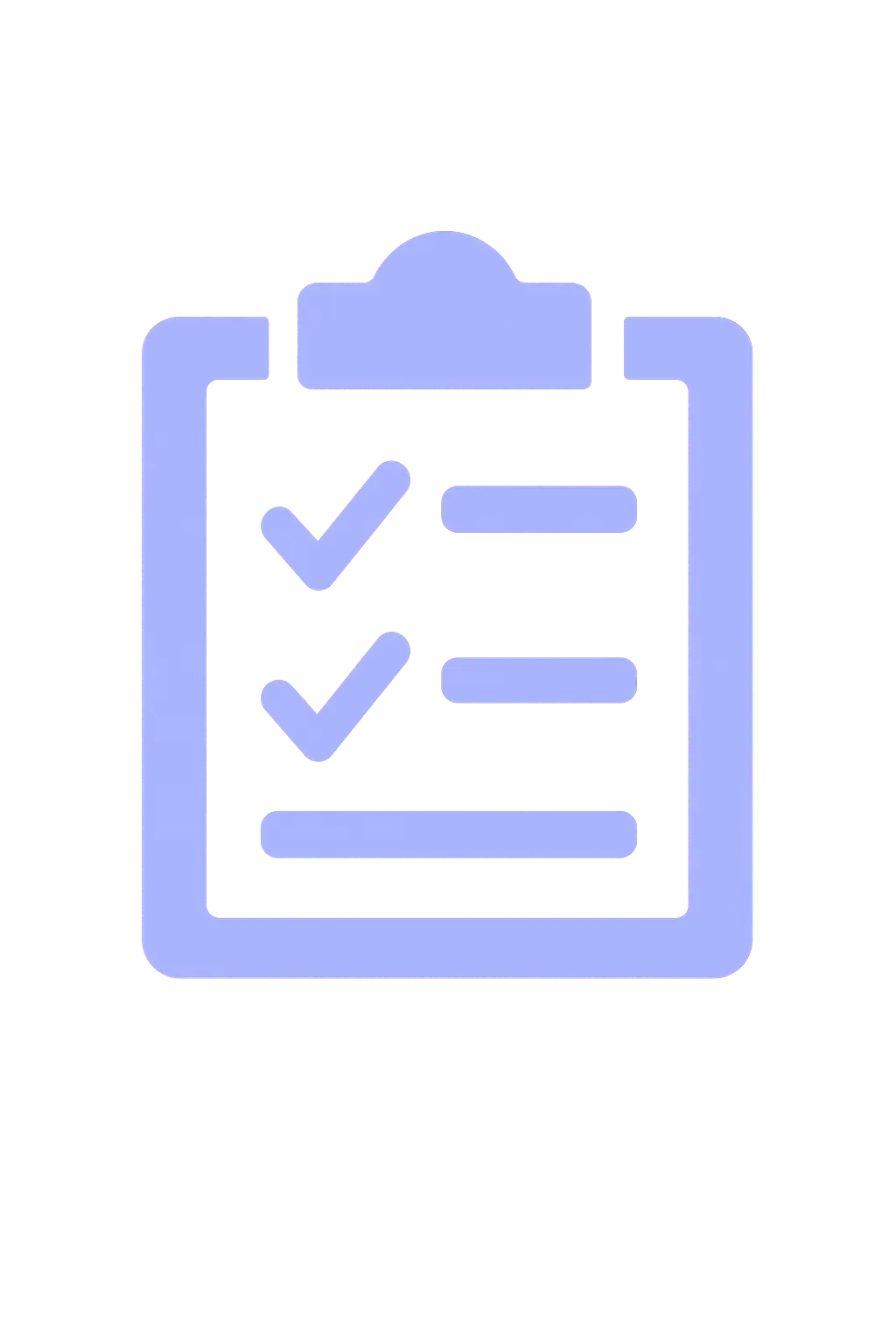
Process & Project Delivery
Agencies were reviewed for structured processes, collaboration tools, client education, and on-time delivery, even on complex multi-stakeholder projects.
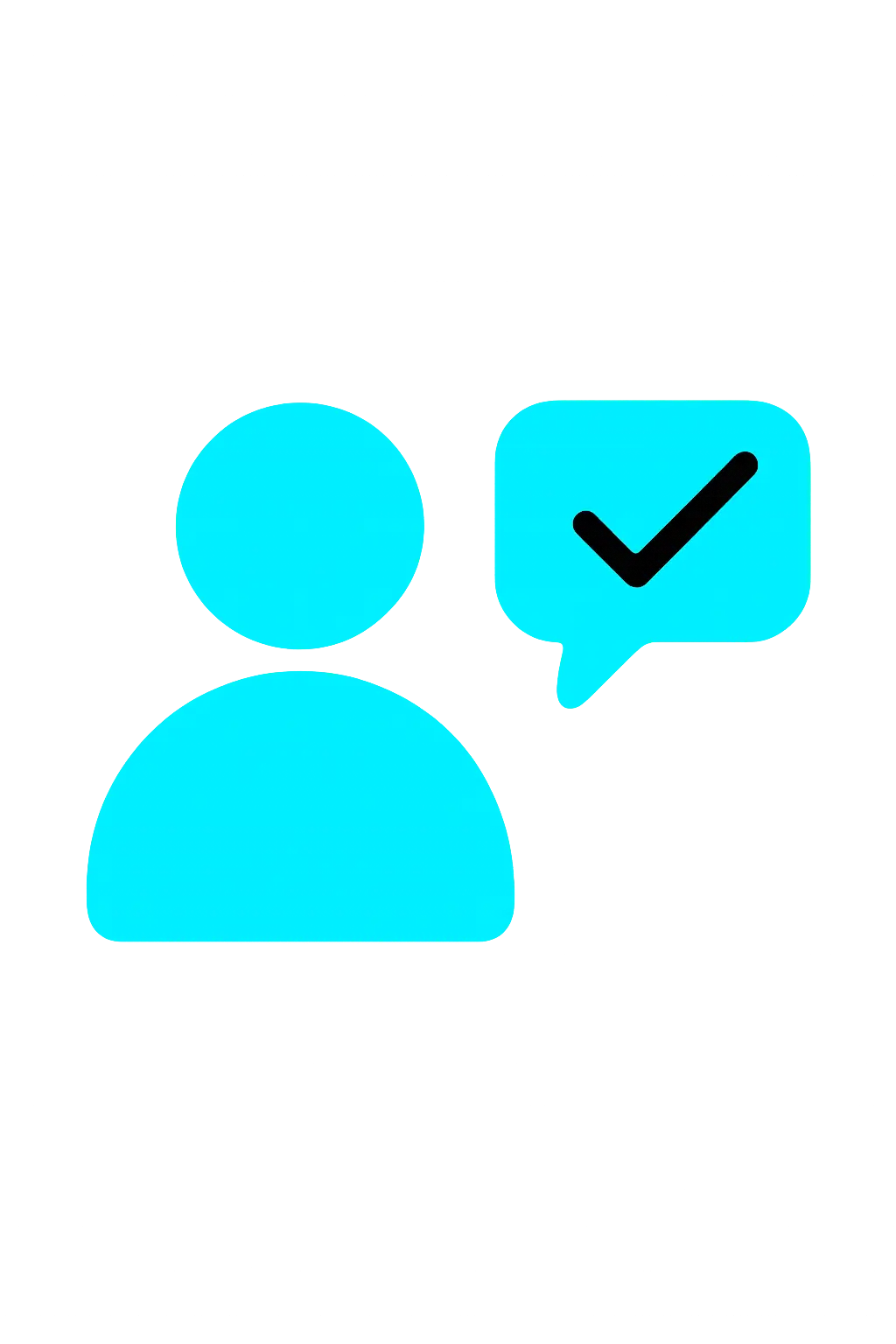
Client Feedback & Real-World Results
We incorporated verified reviews and case studies that showed tangible outcomes: traffic increases, bounce rate drops, better user engagement.
Leading agencies around the world
Detailed insights on each agency to help you make the right choice based on your specific goals.
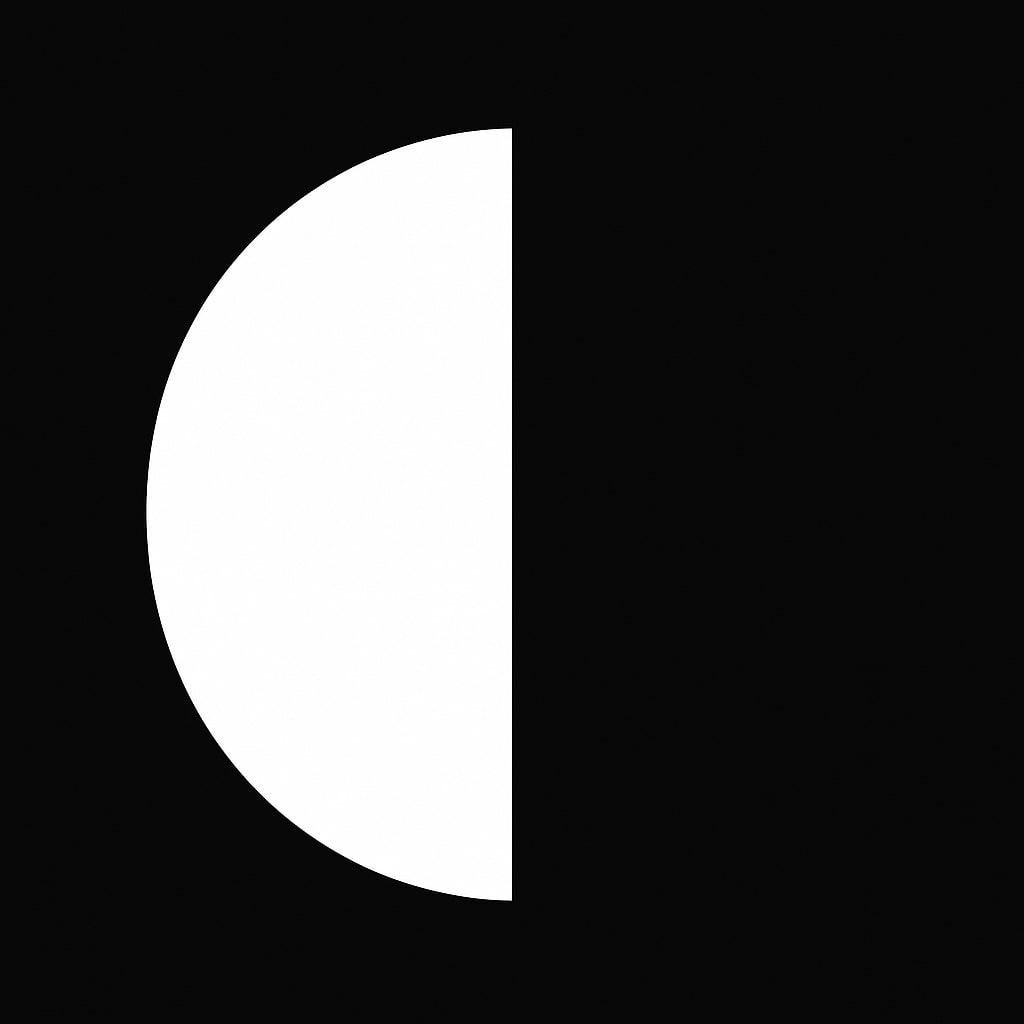
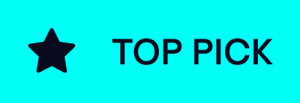
1. Clay
Best for: startups and enterprises looking for meticulously crafted, user-centered websites that unify brand storytelling with seamless digital experiences.
Key clients: Google, Slack, Snapchat, Streetbeat, Yahoo! Games, , Fiverr, Lulo Bank, Vantara, Marqeta Locations: San Francisco, Belgrade Year Established: 2009 Team Size: 50-100 Budget: $50,000+ Hourly price: $150 – $199


2. Mission Control
Best for: fast-growing startups in fintech, Web3, and B2B tech seeking AI-enhanced web design and no-code development with flexible pricing and hands-on strategic support.
Locations: San Francisco Established: 2025 Team Size: 11-50 Budget: depends on the pricing model Hourly price: $150

3. Metalab
Best for: scaling tech companies and digital-first brands seeking premium, user-centric product design and end-to-end digital solutions with a strong focus on usability and craft.
Key Clients: Slack, Google, Amazon, Coinbase, TED, Disney, Uber, Tinder, TripAdvisor, Headspace, Modular, Midjourney, Crypto.com Locations: Victoria, British Columbia, Canada Established: 2006 Employees: 230 Minimum Project Price: $100,000+

4. Work & Co
Best for: brands seeking hands-on collaboration with senior design and engineering talent to create high-impact, user-centered digital products through a transparent, team-integrated process.
Key clients: Apple, Google, Nike, IKEA, Disney, Epic Games, Mailchimp, Lyft, Airbnb, and Chase Locations: Brooklyn, Portland, Los Angeles, Atlanta, Copenhagen, Belgrade, São Paulo, and Rio de Janeiro Established: 2013 Team Size: 450+ Budget: $450k+ Hourly rate: $350-$500/hr

5. Instrument
Best for: Enterprise tech + SaaS scaleups needing integrated design + dev.
Key Clients: Nike, Google, Airbnb. Location: Portland, OR, USA. Founded: 2002. Team Size: 100–249. Budget: $50,000+. Hourly Price: $150–$200/hr.

6. R/GA
Best for: Large tech enterprises seeking digital transformation + creative growth.
Key Clients: Nike, Samsung, Google, Verizon. Location: HQ: New York, NY. Founded: 1977. Team Size: 1,000–5,000. Hourly Price: $67/hr avg. Budget: $5,000+.


7. Huge
Best for: Large tech brands looking for growth-driving design + strategy.
Key clients: McDonald’s, Pantone, Google, Nike, Samsung, Gucci Locations: Brooklyn, NY (Headquarters), Chicago, Atlanta, Los Angeles, Oakland, Washington, Toronto, Canada, Singapore Team Size: 1200+ Established: 1999 Budget: $500k+ Hourly rate: $350-$500/hr

8. Code and Theory
Best for: Enterprise tech firms needing purpose-driven design.
Key Clients: Amazon, Qualcomm, Spotify, NBCUniversal. Location: New York, NY, USA. Founded: 2001. Team Size: 250–499. Hourly Price: $150–$250/hr. Budget: $250,000+.

9. DEPT
Best for: medium to large enterprises and high-growth startups looking for tech-forward, data-driven digital solutions that integrate AI, AR/VR, and culturally attuned design at scale.
Key clients: Netflix, Google, Van Gogh Museum, Audi, ASOS
Locations: Amsterdam, Berlin, London, Manchester, Zurich, Copenhagen, Paris, Milan, Madrid, Lisbon, Dublin, Skopje, Zagreb, New York, San Francisco, Boston, Toronto, Buenos Aires, Mar del Plata, São Paulo, Mumbai, Jakarta, Manila, Singapore, Melbourne, and Sydney Established: 2015 Employees: 4,000+ Minimum Project Price: $250,000 Hourly Fee: $250 — $350
Read more
Explore our curated lists of top web design agencies across cities, industries, and technologies. Find the perfect partner for your next digital project.
Best Web Design Agencies in San Francisco
Discover top-tier digital design studios shaping innovation in the Bay Area.
Best B2B & Enterprise Software Web Design Agencies
Explore agencies that design complex, scalable platforms for enterprise and SaaS.
Best Ecommerce & Fashiontech Web Design Companies
Find agencies that build high-converting storefronts and fashion-forward experiences.
Best Food & Beverage Web Design Agencies
Find agencies that build high-converting storefronts and fashion-forward experiences.
FAQ
Deep understanding of complex systems, clean UX for data-heavy products, scalability, and the ability to bridge technical features with intuitive design.
Leading agencies include Clay, MetaLab, Work & Co, Instrument, Code and Theory, and Ueno (now part of X), all known for product-focused, high-performance design.
Yes, most offer services across product UX/UI, brand identity, visual systems, and marketing websites for tech platforms.
Definitely. Top agencies are fluent in design handoff, dev collaboration, and integrating with agile product sprints and tools like Jira, GitHub, or Figma.
SaaS, cloud infrastructure, dev tools, AI/ML platforms, cybersecurity, APIs, IoT, and B2B software providers are common clients.
Yes, many support early MVP design, branding, and go-to-market strategies, especially for venture-backed startups.
Absolutely. Agencies like MetaLab and Upstatement are known for designing dashboards, API portals, and developer experience (DX) flows.
Pricing starts around $50K for branding or a site, and goes up to $250K+ for full product design or long-term partnerships.
Timelines vary by scope but usually range from 6-16 weeks for brand + site and longer for product UX engagements.
Yes, leading agencies incorporate accessibility best practices into both brand and product design for inclusivity and compliance.
One of their key strengths is translating dense features into intuitive UI, clear messaging, and frictionless user flows.
Both. Agencies often design admin panels, analytics tools, and internal apps for enterprise clients.
Yes, agencies like Clay and Mission Control have experience designing for AI-native interfaces, prompt-driven UX, and conversational UI.
Yes, component libraries and scalable UI systems are a core part of most product design engagements.
Yes, component libraries and scalable UI systems are a core part of most product design engagements.
